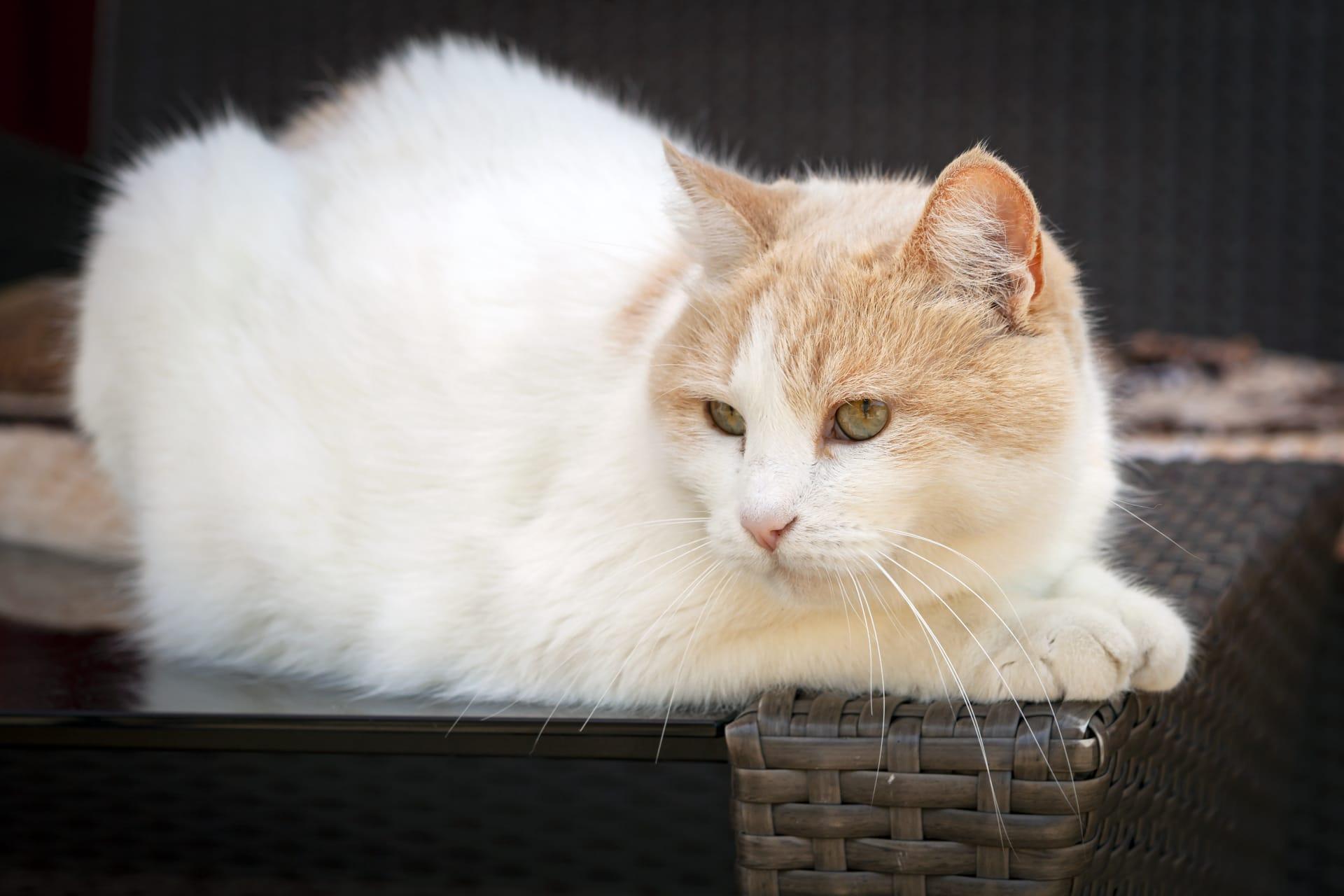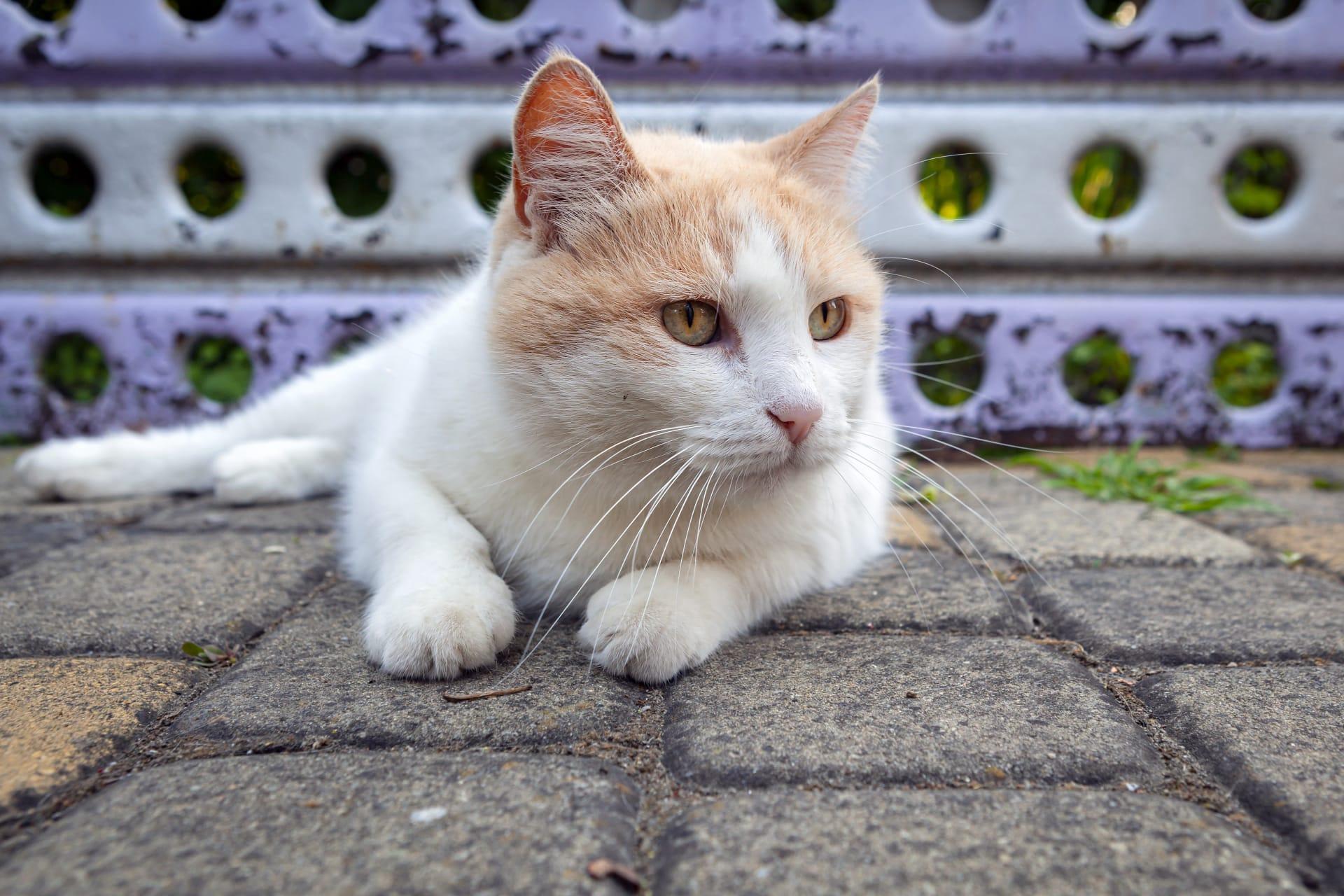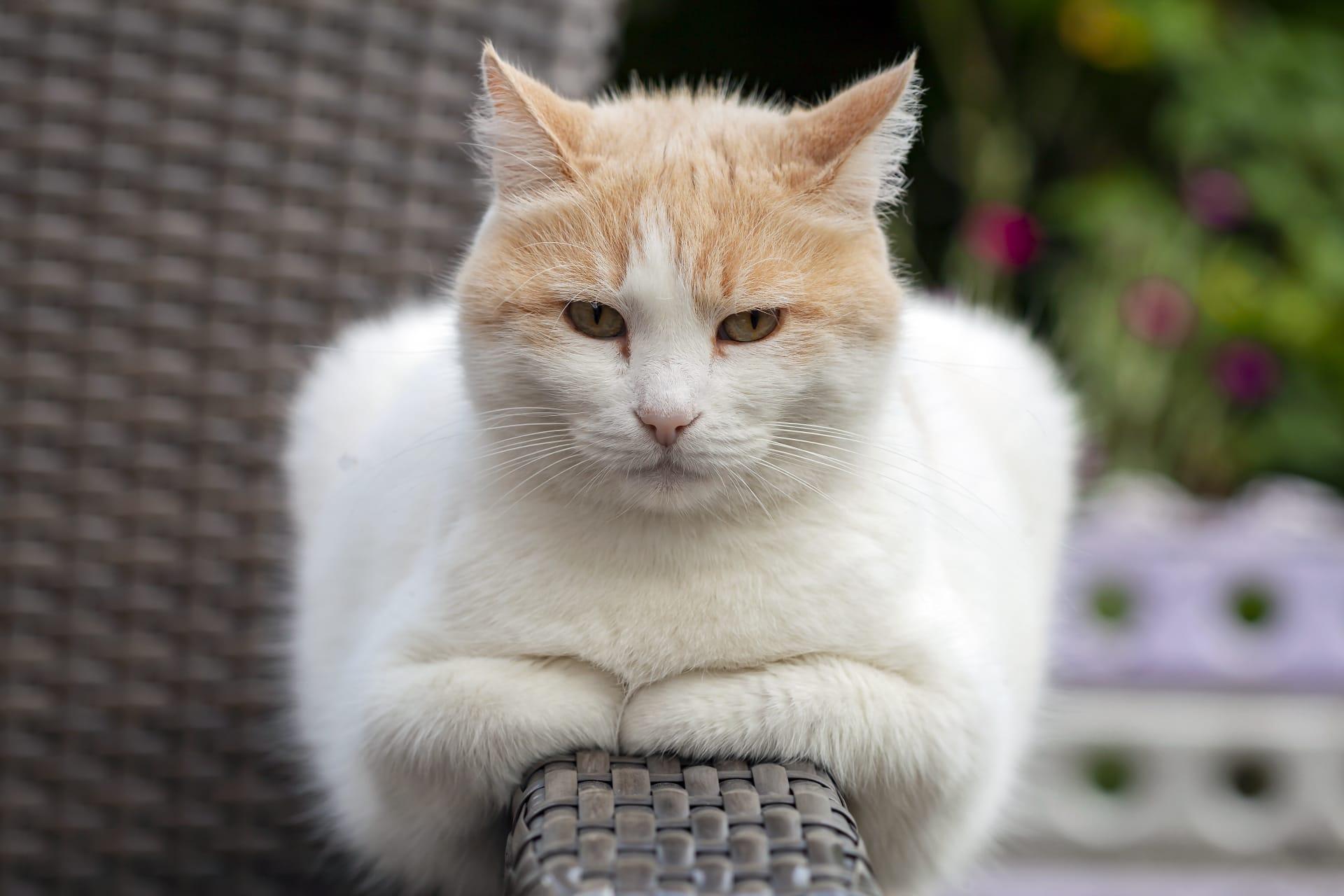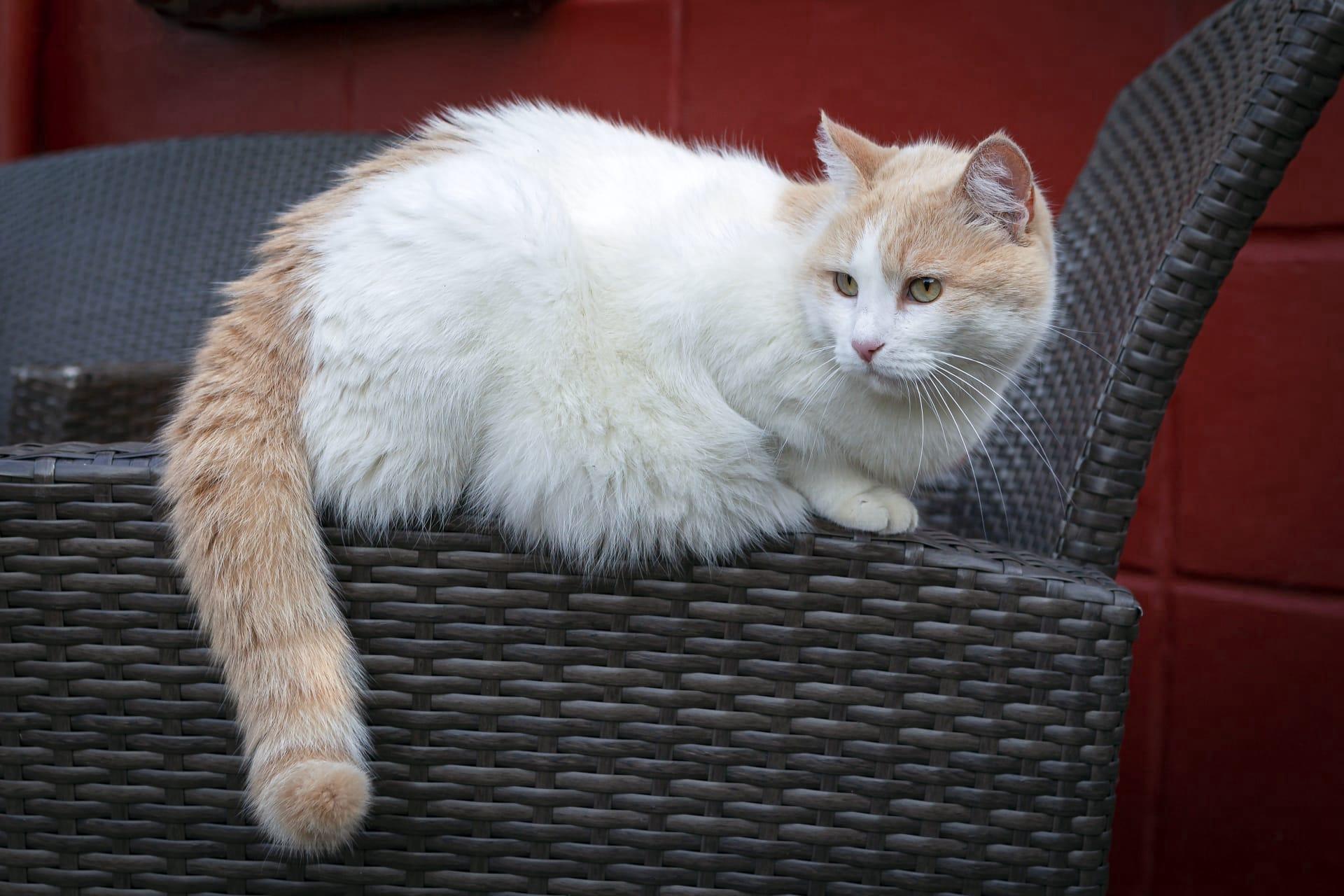Turkish Van Cat Characteristics
- Home /
- Mini Encyclopedia /
- Animal /
- Turkish Van Cat Characteristics
1
The Turkish Van Cat, a breed renowned for its distinctive looks and dynamic personality, possesses a sturdy, muscular body that can weigh between 9 to 20 pounds (4 to 9 kilograms), with males typically larger than females. These cats are characterized by their long, powerful legs and large, tufted paws which contribute to their excellent swimming abilities. Their coat, which is semi-long and water-resistant, has a unique cashmere-like texture, allowing them to stay dry even after a dip. Turkish Vans have a life expectancy of around 13 to 17 years, thriving with proper care and attention.
One of the most remarkable organs of the Turkish Van Cat is its eyes, which can be blue, amber, or even one of each—a condition known as heterochromia. This not only adds to their striking appearance but also provides them with exceptional vision. Their eyes are large, expressive, and slightly almond-shaped, enhancing their keen sense of sight, especially in low light conditions. This visual acuity plays a crucial role in their predatory behaviors and agility, allowing them to spot and track even the slightest movements of prey or toys.

2
Question: Do Turkish Van Cats like water, and if so, why?
Answer: Yes, Turkish Van Cats are famously known for their love of water, a trait that sets them apart from many other cat breeds. This affinity for water is attributed to their historical habitat in the Lake Van region of Turkey, where they would often swim in the lake's cool waters. Their semi-long, water-resistant coat supports this behavior, allowing them to swim without getting weighed down. This unique characteristic has earned them the nickname "Swimming Cats." Their sturdy, muscular build and large, tufted paws also make them natural swimmers, capable of powerful and efficient strokes.

3
Turkish Van Cats are highly active and playful, known for their remarkable agility and love for climbing. They possess a high level of energy and enjoy engaging in activities that challenge their physical and mental abilities. These cats are often seen leaping to great heights or chasing toys with impressive speed and agility. Their muscular build and long legs contribute to their athletic prowess, making them adept at performing acrobatic jumps and stunts.
When it comes to feeding, Turkish Van Cats have a hearty appetite, reflecting their active lifestyle. They benefit from a balanced diet rich in protein to support their muscle mass and energy levels. It's important to provide them with high-quality cat food that meets their nutritional needs. Additionally, given their propensity for water, they often show a preference for wet food or will drink plenty of water if fed dry food, maintaining proper hydration.

4
The Turkish Van Cat originally hails from the region around Lake Van in Turkey, a rugged, mountainous area that has shaped this breed's robust and resilient nature. The environment is characterized by extreme temperature variations, which the Turkish Van's coat is well-adapted to, with its seasonal changes providing insulation against cold winters and reflecting heat during the summer. This historical habitat, with its ample access to water, has influenced their unique affinity for swimming.
Reproduction in Turkish Van Cats shows a typical feline pattern, with a breeding season that peaks in spring and late summer. They are known for their strong maternal instincts and can have litters ranging from one to six kittens. The kittens are born with a pure white coat, developing their distinctive color markings on the head and tail as they grow. Genetic factors influence the expression of their coat colors and patterns, including the classic "van" pattern, named after this breed, where color is restricted to the head and tail.

5
Book: "The Elegance of the Cat: An Illustrated History" by Tamsin Pickeral and Astrid Harrisson. This book, while covering a broad range of cat breeds around the world, offers insights into the Turkish Van's heritage, characteristics, and its esteemed place in feline history. It presents a blend of captivating photographs and detailed narratives, highlighting the breed's origin in Turkey, its physical and behavioral traits, and its journey to recognition by cat fanciers globally.
Book: "Cats of Magic, Mythology, and Mystery: A Feline Phantasmagoria" by Karl Shuker. This comprehensive volume explores cats' roles in folklore and mythology, touching upon the Turkish Van's fascinating history and mystical status in its native land. Shuker delves into the breed's reputed magical qualities and its esteemed status among local populations, presenting a compelling blend of scientific facts and cultural lore, making it an intriguing read for cat enthusiasts and history buffs alike.